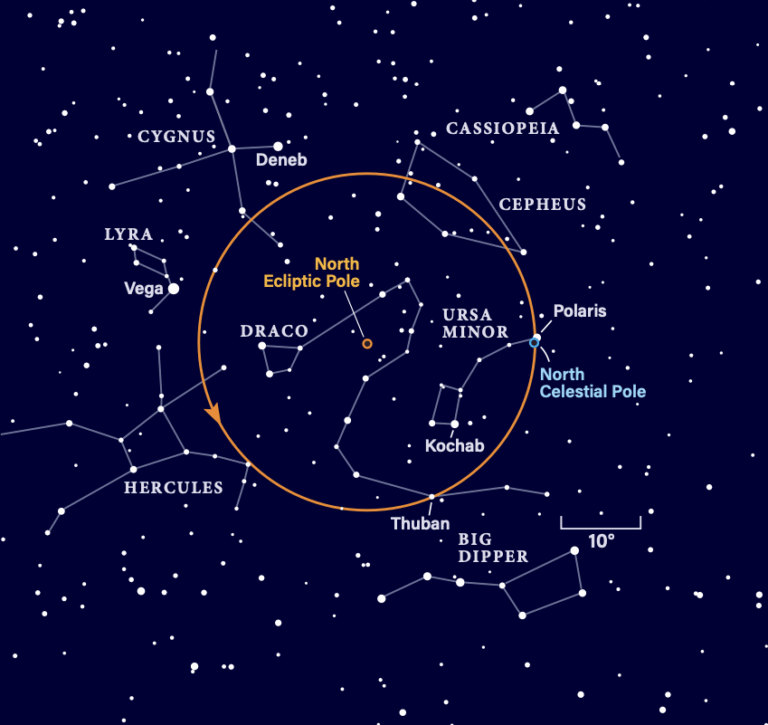Key Takeaways:
While the Cassini spacecraft has been hurtling toward its July rendezvous with Saturn, earthbound chemists have been re-creating the pollution that falls from the sky on Saturn’s moon Titan.
“Titan’s thick orange aerosol haze layer is basically a bunch of plastics — polymers of carbon, hydrogen, and nitrogen,” says Mark Smith, head of the chemistry department at the University of Arizona.
These plastics have been raining from Titan’s atmosphere for billions of years, and they may have set the stage for the next chemical step toward life. Chemists at the University of Arizona are creating these compounds by bombarding a model of Titan’s atmosphere with electrons. This produces plastics known as “tholins,” which are found in the nitrogen- and methane-rich upper atmosphere of the satellite.
When tholins dissolve, they form amino acids, the basic building blocks of life. Tholins won’t break down in the methane lakes found on Titan, but they dissolve easily in water or ammonia. This means that if there’s liquid water on Titan — and scientists have found water ice — there may be amino acids brewing in Titan’s primordial soup.
The presence of water ice on the moon’s surface has given scientists hope that they might yet find oxygen, the other essential ingredient for life on Earth. Oxygen is not present in Titan’s atmosphere, but the ice could melt during a volcanic eruption, or when an asteroid or comet crashes into the satellite. In addition, any water found on Titan would be laced with enough ammonia — anti-freeze — that the water could remain liquid for 1,000 years.
To understand how all this works together, the Arizona chemists are making and analyzing tholins in their lab to try and unravel their chemistry. Discovering what compounds are formed when tholins react with water should help Cassini scientists know what to look for when the Huygens data starts pouring in next year. Because all of Earth’s organic molecules have been biochemically processed already, Titan is scientists’ best chance to study organic chemistry in a planetary environment that has remained lifeless for billions of years.










